Posted on: 14/12/2023
At Literacy Tree, we pride ourselves on offering a complete platform of support for the teaching of primary English. From the original seed of our Writing Roots to support the teaching of writing, we branched out to include our Literary Leaves for the teaching of reading comprehension and Spelling Seeds to complement our Writing Roots, with weekly contextualised spelling sessions to tie in with the texts being taught. That being said, and as much as it pains us to admit, we are very aware that English only forms part of the whole curriculum! Our regular work in schools makes us acutely aware of the constraints on timetables, and the demands of the whole curriculum being squeezed into those teaching hours available.
With regards to the teaching of English, historically speaking, schools were left with the legacy of the inflexible Literacy Hour from the late nineties - that infamous clock graphic defining an hour of timetabled writing and twenty minutes of reading. Thankfully, that restrictive timetable expectation, which often detracted from and brushed over a pedagogical approach to the teaching of literacy, is no more and, while our 2014 curriculum dictates the ‘what’ we must teach, the ‘how’ is still up to us.
We recommend that ideally (year group dependent) Literary Leaves have around a 30-40 minute session per day, with Writing Root sessions of 50-60 minutes daily and Spelling Seed sessions of 30 minutes a week (over one session or spread across multiple sessions). However, timetabling-wise, our approach is that our platform can be flexible to fit with the needs of your children and your setting. Of course, alongside this are the requirements of an SSP for the teaching of phonics to factor in. On that note, we have been speaking to a number of our Flagship Schools about how they make it work, particularly within Key Stage 1 alongside the demands of phonics and the range of phonic programmes now available, in the hope that their shared wisdom can help schools explore different options for how to make it all work for them.
|
School: Brunswick Park Primary (2 form entry Primary) Phonic Programme: Little Wandle English Lead: Anna Newbold |
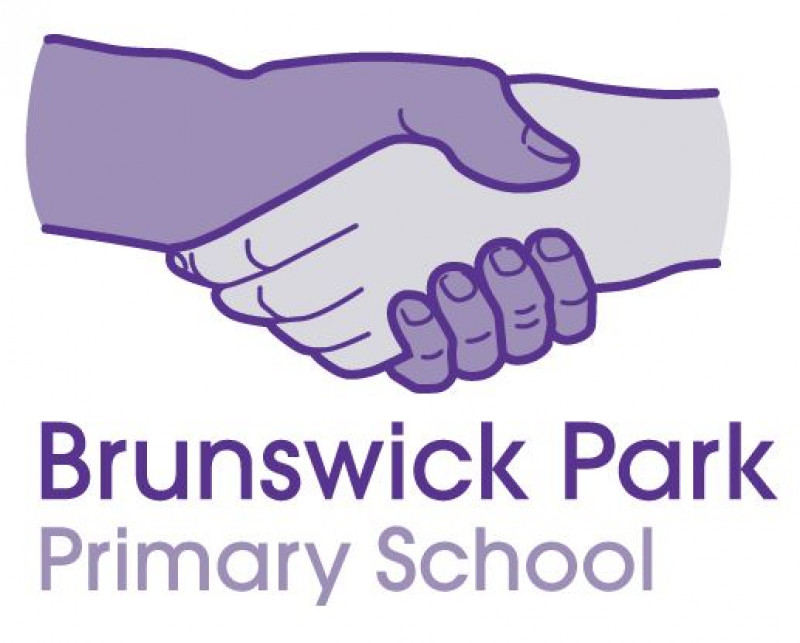 |
|
Reading / Phonics In EYFS, we timetable phonics first thing and a writing carpet session just before lunch. We use Little Wandle for phonics, and we do the reading groups throughout the afternoon. In Y1-6, everyone is timetabled to teach reading from 10-10.40. In Y1 and for some of Y2 where appropriate, this means 20 minutes of phonics and then 20 minutes of Little Wandle reading groups. For the majority of Y2, this session is used for 20 minutes of spelling and 20 minutes of whole class guided reading mostly through Literary Leaves. For Y3-6 it is a 40-minute whole class guided reading session using Literary Leaves, with children who still need phonics going to additional interventions where needed. Writing We teach writing after break from 10.55-12 using the Writing Roots across the school. We changed how we do lunches so that we can fit maths, reading, phonics and writing in every morning and it is working well. |
|
 |
|
 |
|
|
School: Hollydale Primary (1 form entry with mixed year group classes) Phonic Programme: Little Wandle English Lead: Farhana Sultana |
 |
|
Reading / Phonics We've tried different ways of fitting it all in over the years because the timetable is so packed. Right now in KS1, we do phonics first thing Monday - Thursday at 9am followed by writing using Writing Roots. Then in the afternoon from 1 - 1.30pm it's reading. For the Y1 children, they follow the structure of Little Wandle reading sessions and we take all the TAs from KS2 to come and support this which works really well. Y2 do the Literary Leaves with me whilst that is happening. On Friday morning, we have parents come in to read so during this time I will usually do small group reads with children I didn't manage to hear reading throughout the week. KS2 classes do their Literary Leaves first thing so that the TAs can support the session; this also means it then doesn't clash with TAs being used to support KS1 reading in the afternoon. Spelling / Writing Roots We used to do the spelling seeds as a discrete session but in order to fit in our required 2 sessions of PE a week, we now we do 4 Writing Root sessions and keep 1 literacy session to do a Spelling Seed lesson. This is recorded in literacy books. We've found that to be the best way for us to ensure that the spelling seeds are being taught consistently across the school and it's easier when it comes to monitoring because it's evidenced in their literacy books. We follow this same structure in KS2. We don’t set a specific day for the Spelling Seed lesson to happen across the school because some are better to do at the beginning of the week and some later on in the week. EYFS EYFS just do the Writing Roots and have an input in the morning at 9.30am for about 15 minutes and their daily Little Wandle phonics at 11.00 so that any late children don't miss the start of that session. |
|
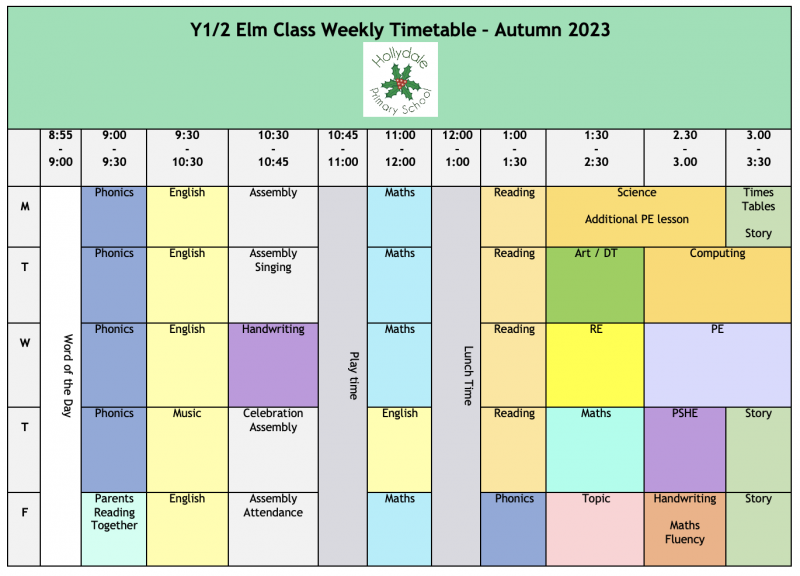 |
 |
|
School: Van Gogh Primary (2.5 form entry, mixed and single year groups) Phonic Programme: Read, Write, Inc English Lead: Bennath Pittman |
 |
|
Reading / Phonics / Spelling In EYFS, RWI phonics is taught daily for half an hour. In Key Stage 1, children have 45 minutes of phonics 4 days a week for 45 minute sessions (9-9.45). One day a week, this session becomes a Spelling Seedsession to complement their Writing Roots. In Year 2, children continue with phonics groups until they are ready to come off the programme. At this point, once we have a good chunk of children ready to move from phonics (usually in January), we begin to use the Literary Leaves in a Guided Reading group. In KS2, Literary Leaves are taught daily through whole class reading for 45 minutes from 9-9.45. Writing Across the school (Y1-6), Writing Roots are taught daily 11-12. In Early Years, Writing Roots are taught daily in 15 minute sessions and also across Continuous Provision. |
|
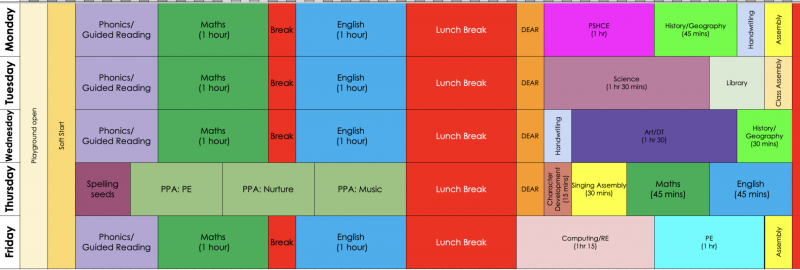 |
|
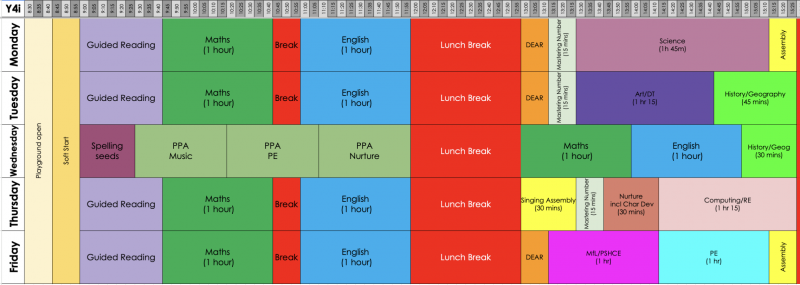 |
|
|
School: Woodlea Primary School (1FE Primary) Phonic Programme: Monster Phonics English Lead: Adele Key |
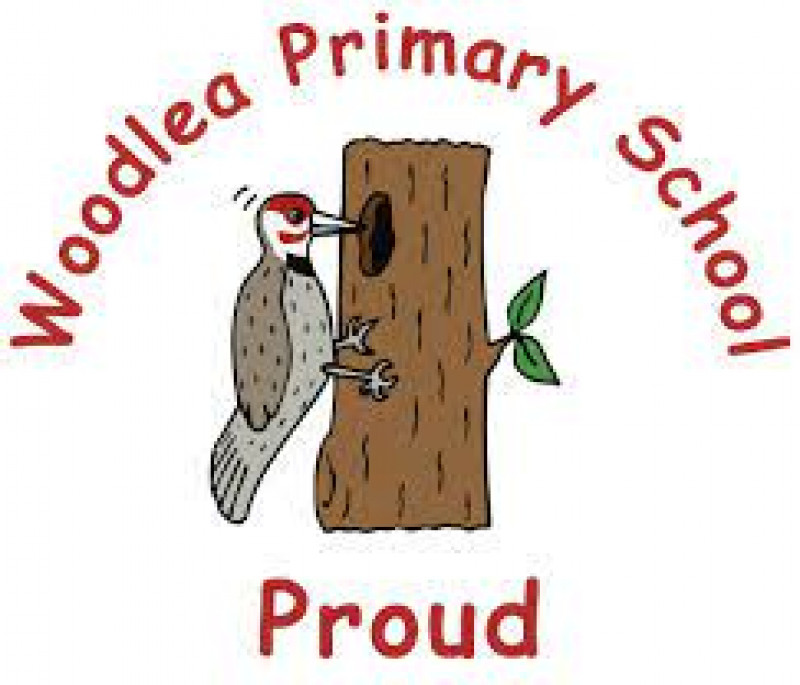 |
|
Phonics / Reading We introduce Monster Phonics to our Nursery children through activities planned by the teacher. It is then taught in dedicated lesson in Reception and KS1. In KS2, we continue with phonics sessions through interventions with those children who need extra to support reading. In Year 1, Phonics is taught in three sessions of about 45 minutes from Monday to Wednesday, with 20 minute recap sessions on Thursdays and Fridays. In Year 2, Phonics is taught in three 20-30 minute sessions on three afternoons across the week. Writing / Spelling In Year 1, Writing Roots are covered in three sessions a week, rather than 5, and the teacher adapts the planning to focus on particular outcomes. In the Summer Term, when the children are more independent with writing, the Writing Root sessions are extended. Writing Roots are taught daily from Y2-6 for one hour per day. Following recent training, we plan to begin launching Spelling Seeds in KS2 soon. EYFS In the Autumn term, phonics is taught each morning and Writing Root sessions are taught 2 afternoons a week; these are adapted by the teacher to match the level of phonic knowledge that the children have at this stage. From Spring onwards, the children have good grasp of phonics so can attempt more independent writing. Phonics is still taught everyday but the written activity on 2 or 3 days is a task from the Writing Root, e.g. they have 10 minutes of phonics then 10-15 minutes on Writing Roots activities, followed by group work or an individual writing task from the planning sequences. The extended outcome usually takes a few sessions, so it is introduced in the Tuesday afternoon English lesson and then continued through the week, after phonics. |
|
We hope these insights into how some of our Flagship Schools make their timetabling work across all Key Stages will give you food for thought and some inspiration as to the different ways that Literacy Tree can fit into your jam-packed school day, alongside the teaching of phonics. Our wonderful Flagship Schools are always happy to help with any queries, so if you’d like to find out more about their timetabling, do get in touch with them via the contact details page on our website.